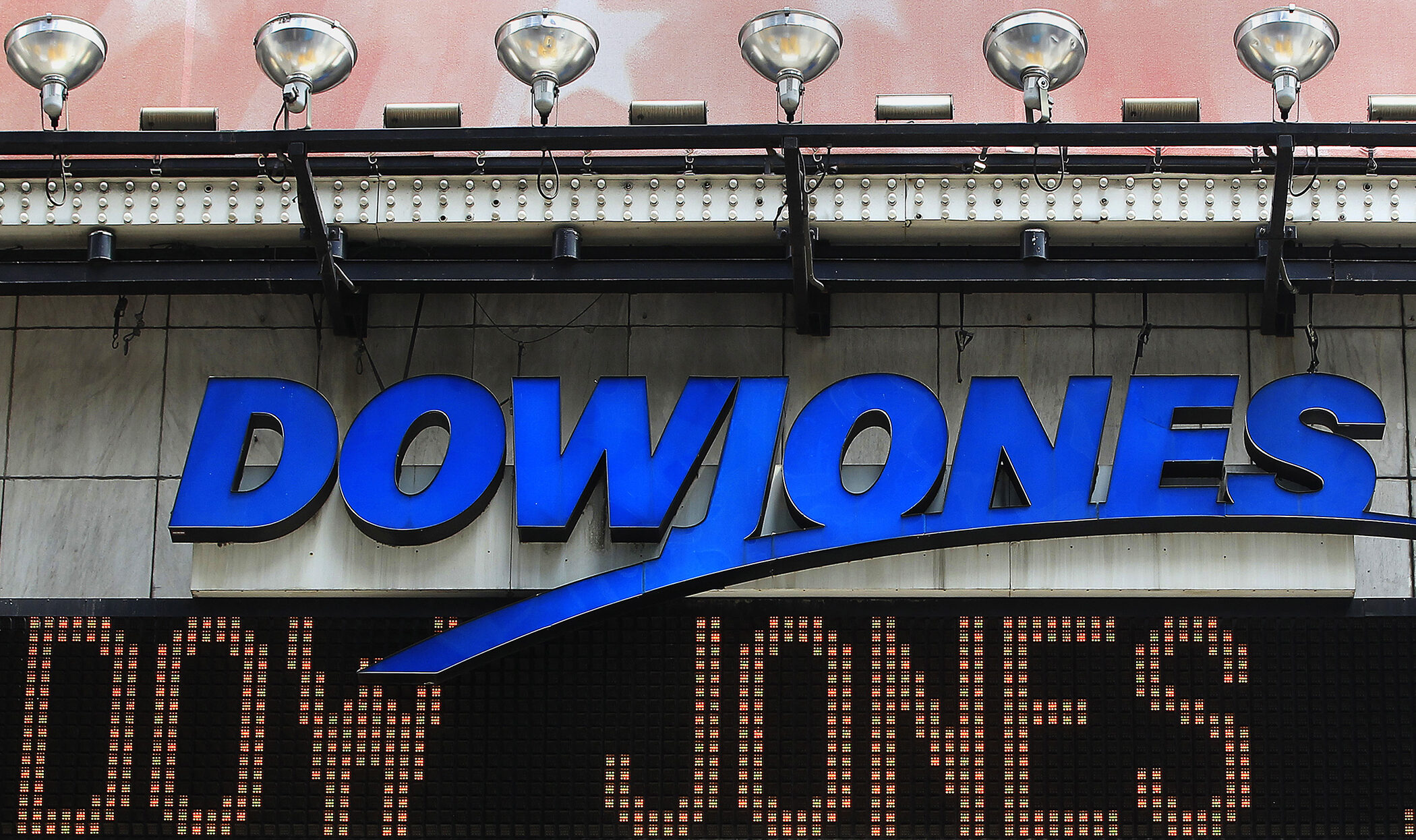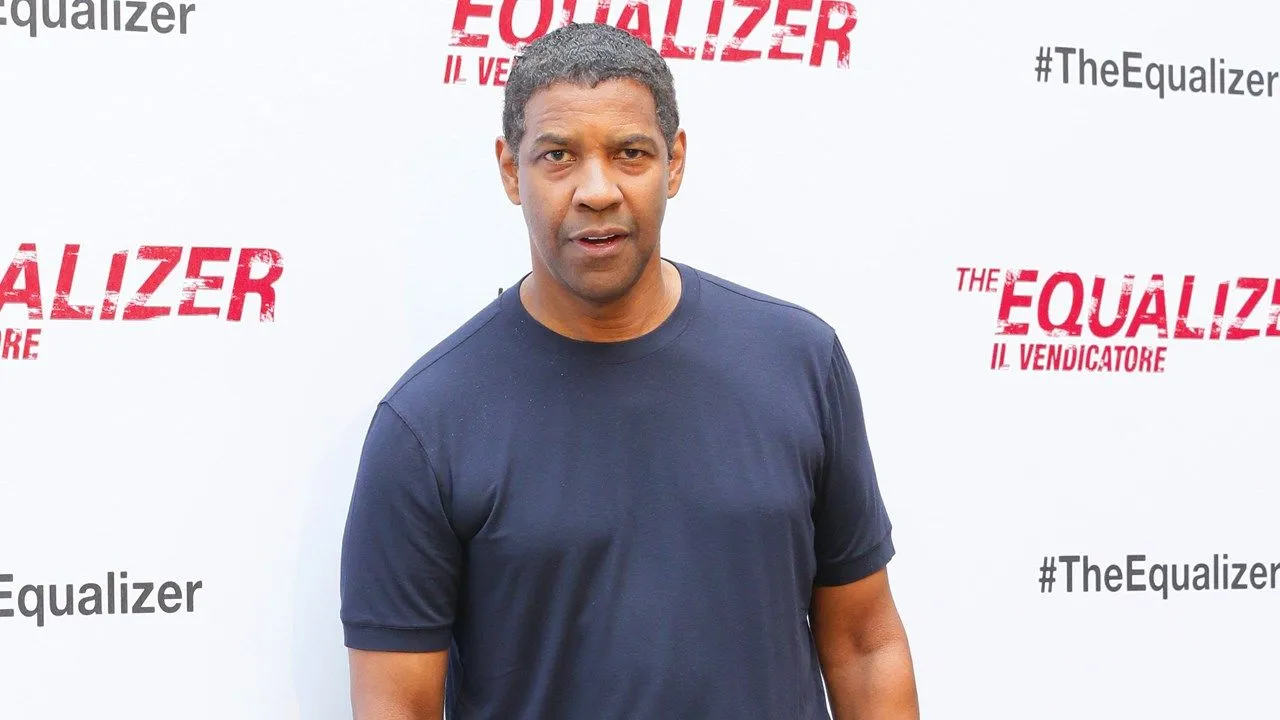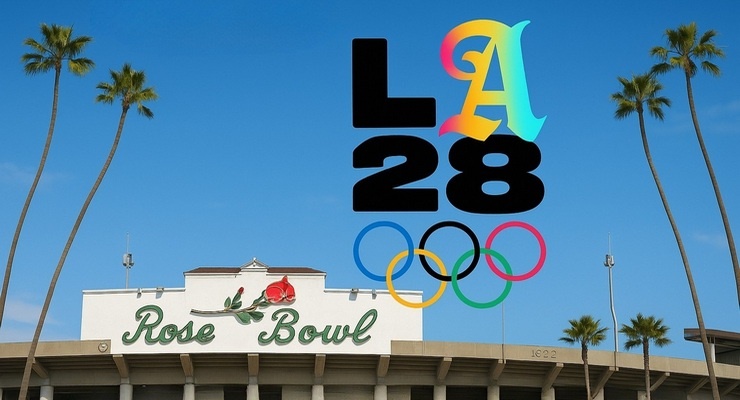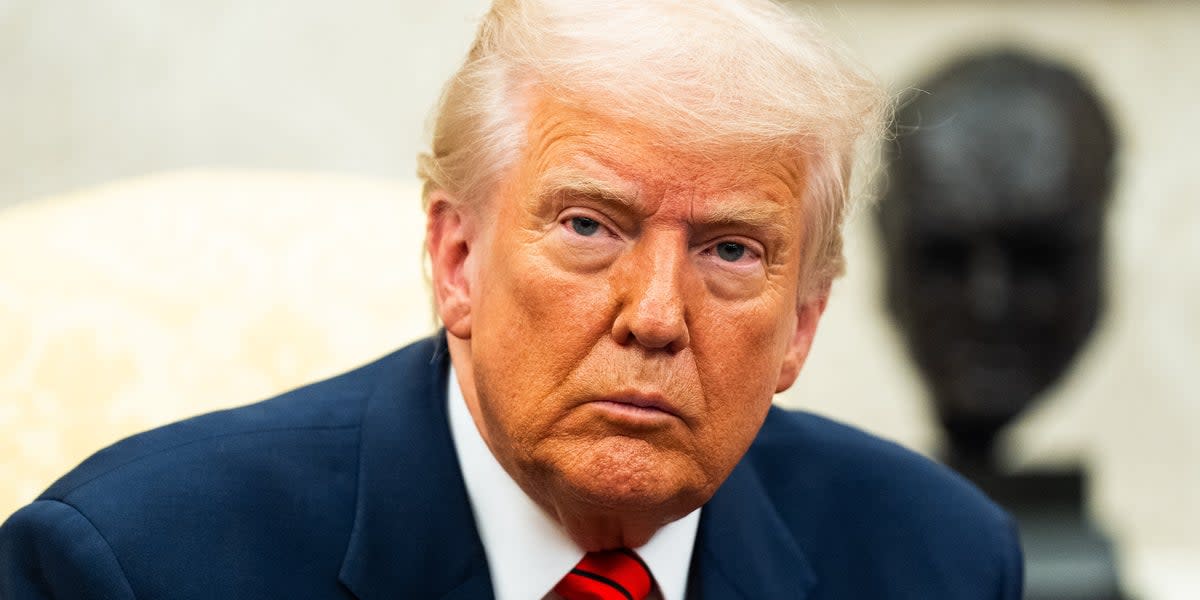Photos: YouTube
Oakland, CA — On July 9, 2022, as protest over the economic collapse boiled over, tens of thousands of citizens stormed the palace of the Sri Lankan President Gotabaya Rajapaksa. One day after fleeing the country, on July 14, Rajapaksa officially resigned.

The Rajapaksa government faced months of sustained protest over the mismanagement of the country’s economy. Massive shortages of food, fuel, and power halted everyday life. Fuel sales for private vehicles stopped at the end of June; recent surveys by the World Food Program indicate 86 percent of the population is currently coping by eating less or skipping meals; foreign reserves have dried up; and the country is over US$50 billion in foreign debt. In May 2022, Sri Lanka defaulted on its debt payments for the first time and is currently in discussions about bailout options with the International Monetary Fund (IMF).
Storming of the lavish presidential residence simmers with hope that the resignation of Gotabaya Rajapaksa is the end of the diabolic family dynasty, which amassed massive wealth while ruling the island nation for two decades. The tattered legacy of the family is one of embezzling resources, stashing stolen wealth in off shore accounts and companies, impoverishing the nation — all through and after a ravaging civil war which left a trail of civilian massacres, torture, and abductions. Government critics and Tamil civilians have been subject to white van disappearances and thousands remain missing and unaccounted for even today.
Under Gotabaya Rajapaksa as the Secretary of Defense and his brother, Mahinda Rajapaksa as the President, the most horrific war crimes were committed against the Tamil minority when the Sri Lankan military crushed the Liberation Tigers of Tamil Eelam’s (LTTE) decades long armed struggle.
The Rajapaksa brothers oversaw the indiscriminate bombing and murdering of thousands of Tamil civilians at the end of the war, in what many observers called a genocide. According to the United Nations, in May 2009, around 40,000 civilians were killed after they were herded into so-called no-fire zones, and then mercilessly bombed by the armed forces. These war crimes have been widely documented including through No Fire Zone, The Killing Fields of Sri Lanka.
As citizen protests blaming the Rajapaksa regime for economic woes were gaining momentum, a somber ceremony took place in the Mullivaikkal town for the Remembrance Day on May 18, 2022. Amidst heavy military surveillance and the watchful buzz of drones, rows and rows of Tamil mothers, sisters, fathers and brothers wailed as they lit flames to remember their loved ones on Mullivaikkal beach in a rite of communal mourning. In Mullaitivu, for more than 3,000 days, dozens of wives and mothers have protested outside the local administrative offices, demanding the return of their loved ones or answers as to their whereabouts.
Till the economic collapse, the Rajapaksas — hailed as national heroes for crushing the LTTE — ruled with impunity and blood on their hands. Instead of pursuing accountability, justice, and reconciliation in the aftermath of the conflict, the Rajapaksa regime hampered international investigations into the war crimes and promoted extremist Sinhalese Buddhist nationalism.
The war against the minority populations continued under a different guise. As extensively documented by the Oakland Institute, displacement of thousands of Tamil people from their lands and homes with continued military occupation of the Northern and Eastern Provinces remains a persistent issue. The military occupation of the traditional Tamil land is extreme — with a ratio of one soldier for every six civilians in the Northern Province and one soldier for every two civilians in the Mullaitivu District. Despite the economic crisis, over a decade after the end of the war, the military expenditure ballooned to US$1.57 billion in 2020 — higher than at the peak of war in 2009 — representing about 10 percent of the national budget.

Military expenditure in Sri Lanka (US$ Billions). Source: https://data.worldbank.org/ indicator/MS.MIL.XPND.CD? locations=LK
In a 2021 report, Endless War: The Destroyed Land, Life, and Identity of the Tamil People in Sri Lanka, the Oakland Institute revealed that 12 years after the brutal end of the civil war, the island nation had become an ethnocratic state — intensifying the colonization and Sinhalisation of Tamil lands and the persecution of the minority Tamil population. The report exposed how government-led efforts to geographically fragment the North and East were accompanied by a strategy to systematically erase Tamil culture and history.
Early in 2021, the UN High Commissioner for Human Rights Michelle Bachelet warned about “worrying trends … such as deepening impunity, increasing militarization of governmental functions, ethno-nationalist rhetoric, and intimidation of civil society” in Sri Lanka. Recognizing “the demonstrated inability and unwillingness of the government to advance accountability at the national level,” the Commissioner called for “international action to ensure justice for international crimes.”
Not much seems to have happened following Michelle Bachelet’s call. Now, with the fall of the Rajapaksa dynasty and the former president on the run, national and international legal mechanisms must be urgently activated to bring both Rajapaksa brothers and other perpetrators of war crimes and human rights abuses to justice. The victims and their families, as well as the country’s hope for justice, peace, and reconciliation, have waited far too long.
Strongmen of the Rajapaksa Dynasty
Mahinda Rajapaksa, 76, served as the President of Sri Lanka from 2005 to 2015, Prime Minister from 2004 to 2005, 2018, and 2019 to 2022, and Minister of Finance from 2005 to 2015 and 2019 to 2021. In addition to the finance portfolio, in 2020, Mahinda was also appointed by his brother Minister of Urban Development and Housing, and Religious and Cultural Affairs.
Gotabaya Rajapaksa, 72, served as President and Defense Minister from 2019 until his resignation on July 14, 2022. Dubbed “The Terminator” by his own family, he was previously Secretary to the Ministry of Defense and Ministry Urban Development from 2005 to 2015 under the administration of Mahinda, leading the Sri Lankan armed forces to the bloody end of the civil war in 2009.
Basil Rajapaksa, 70, was Minister of Economic Development from 2010 to 2015, and Finance Minister from July 2021 to April 2022. He was called “Mr. Ten Percent” in reference to commissions he allegedly took from government contracts.
Chamal Rajapaksa, 79, was Speaker of Parliament when Mahinda was president and is also a former Minister of Shipping and Aviation and former Minister of Agricultural Development. He was appointed by Gotabaya as State Minister for National Security — the second highest ranking member of the Defense Department, as well as Minister of Irrigation.
Namal Rajapaksa, 35, a lawyer, is the scion of the family dynasty and the eldest son of Mahinda, who was thought to be grooming him to be a future president. He has been accused of corruption and money laundering.
Shasheendra Rajapaksha, 46, son of Chamal, was appointed in 2020 State Minister of Promoting the Production & Regulating the Supply of Organic Fertilizer, and Paddy and Grain, Organic Food, Vegetables, Fruits, Chilies, Onion and Potato Cultivation Promotion, Seed Production and Advanced Technology Agriculture.








